This week our Vice President of Government Affairs, Jon Turke, had the opportunity to travel with our state chamber affiliate, Wisconsin Manufacturers and Commerce, to our nation’s capital to visit with key stakeholder partners and members of our congressional delegation. Attendees were able to dive into policy details on federal issues including comprehensive immigration reform, the debt ceiling, international trade, and the overall federal budget.
They met with the National Association of Manufacturers, the Canadian Embassy, the US Chamber, and every member of the Wisconsin Congressional Delegation.
The main focus of many of the meetings was the debt ceiling and the catastrophic consequences of defaulting on our debt payments. However, the worker shortage we have been hearing about from all sectors of the economy was another hot topic. Hopes that Congress will be able to pass comprehensive immigration reform that secures the border and allows more opportunities for highly skilled, legal immigrants were slim. It is more likely that smaller, piecemeal legislation gets passed that may help on the margins but not fix the issue.
House Republicans are aiming to use the debt ceiling fight to get concessions from President Biden and Democrats in the Senate on at least one major issue of theirs. Democrats want a clean debt ceiling hike and to push off other issues for the budget or separate legislation. Both parties have used the debt ceiling as a negotiating tactic over the years.
In general, there was more hope than expected at both parties working together, at least for the first half of 2023. As we approach 2024, candidates start running for president and the path for bipartisanship narrows significantly as both sides jockey for favor from their potential primary voters.
President Biden Delivers State of the Union
The trip happened to coincide with President Biden’s State of the Union address – which actually canceled an originally scheduled White House briefing.
The speech was combative at times, with Republicans voicing their disapproval with many of his proposals on the floor. While not exactly showing the expected decorum of the moment, this has been an increasingly confrontational speech under Presidents Obama, Trump, and now Biden.
The President touched on a variety of issues, including economic development and job creation, healthcare, abortion, inflation, and assault weapons to name a few.
This speech is an opportunity for a president to lay out his agenda for the next year, and based on where we are in the calendar, use it as a springboard for an early re-election campaign. Many observers noted that he certainly sounded like a future candidate for re-election vs. someone ready to hang it up after one term.
In a divided congress, it’s highly unlikely any of his specific proposals will pass, but he certainly framed the issues how he sees them and will serve as the basis for opening negotiations between both sides.
Evers Announces Local Government Funding Plan
In his State of the State address in January, Governor Evers announced that he will propose significant increases in shared revenue to local government. In the lead up to his Budget Address next week, his office has been releasing more details on a variety of his programs. Earlier this week, he shared key details on a plan that most municipalities have been advocating for.
Shared Revenue
- The governor’s budget creates a new shared revenue appropriation that will provide increased aid to municipalities and counties of $576.2 million GPR in fiscal year 2024-25. Future allocations will grow with sales tax collections. The appropriation’s allocation for each calendar year will be 20 percent of the state’s sales tax collections of the fiscal year ending in that calendar year. As part of the 20 percent, communities will continue to receive existing county and municipal aid, expenditure restraint, and the county and municipal components of personal property aid; the remaining funds will be divided between public safety aid and general aid to municipalities and counties.
- Public safety aid will be 43.4 percent of the total funds available ($250 million) under the new appropriation. Public safety aid payments can be used to support law enforcement, fire, and EMS as well as courts and district attorneys’ offices and the distribution formula ensures that no government will receive less than $10,000 under the public safety aid distribution.
- The remaining 56.6 percent of the aid will be distributed as general aid with 70 percent allocated to municipalities and 30 percent to counties.
- Details regarding the distribution to each local government in the state will be available at the time of the governor’s budget address.
- For future distributions under the new shared revenue, no local government may receive less than 95 percent of their prior year’s allocation. Existing shared revenue programs will continue under their current law provisions.
Local Option Sales Tax
The governor’s budget will allow Milwaukee County to impose an additional 1.0 percent sales tax, with 50 percent of the resulting new revenue distributed to the city of Milwaukee. This will diversify local revenue sources and improve the ability of both Milwaukee County and the city of Milwaukee to address unique needs in the state’s largest metropolitan area. This proposal must be approved by local referendum to take effect.
The budget also allows counties, other than Milwaukee County, to impose an additional 0.5 percent sales tax and allows municipalities with populations over 30,000, other than the city of Milwaukee, to impose a 0.5 percent sales tax to diversify local revenue sources and better empower local governments to fund police and fire protection, EMS, transit, roads, and other important services, if approved by local referendum.

